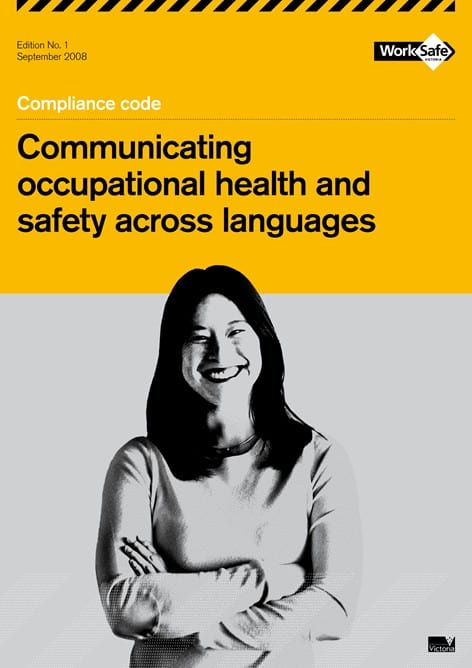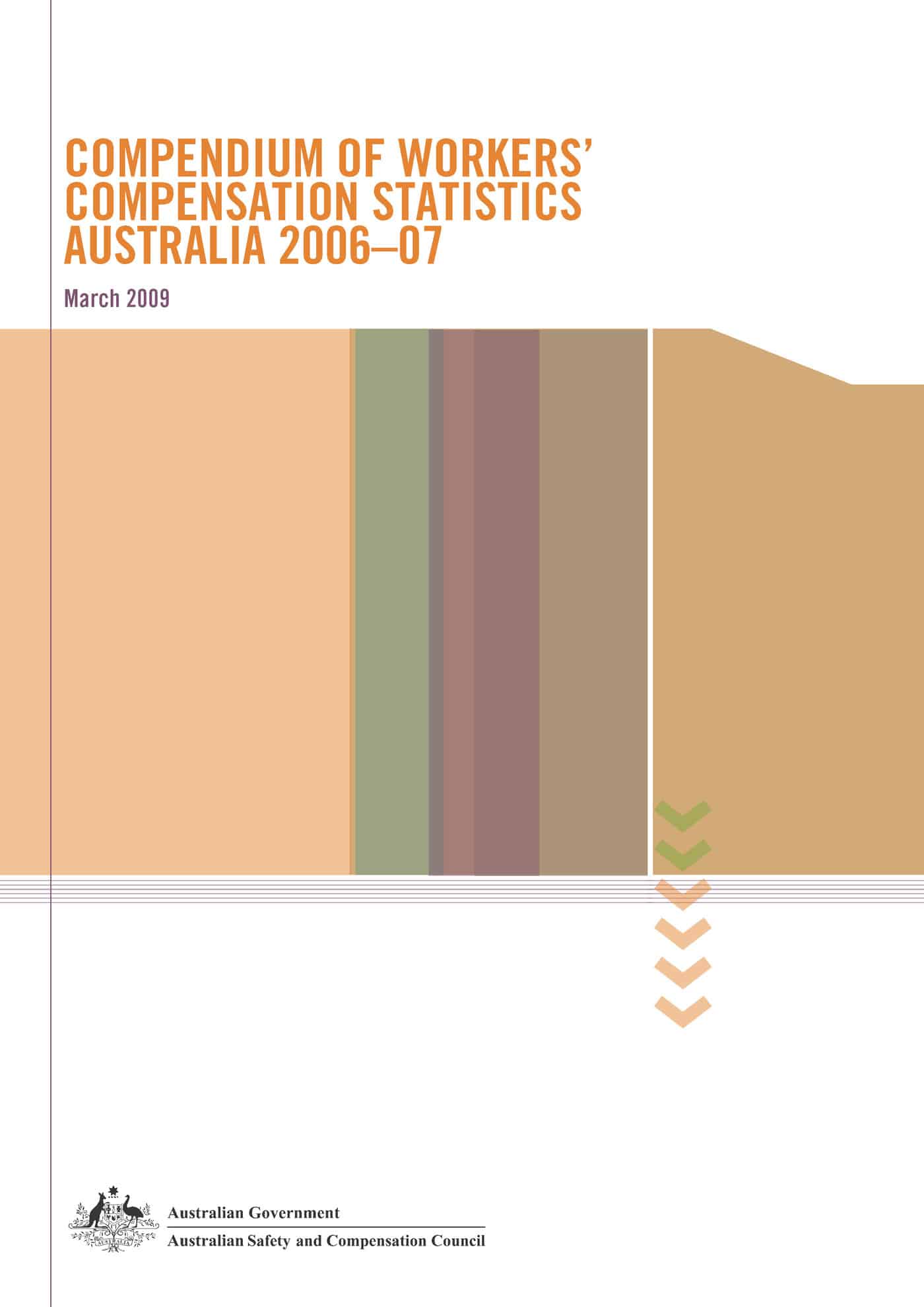Only a few days ago, SafetyAtWorkBlog questioned the usefulness of vision statements. A leaked internal memorandum from the structural mechanical process division of John Holland reported in the Australian media on 27 April 2009 shows just how tenuous such statements can be.
According to an article in the Australian Financial Review (not available online, page 3), the divisional general manager, Brendan Petersen, listed 81 injuries to subcontractors and employees and 51 near-misses in 2008. The memo acknowledges that the situation is “unsatisfactory and unacceptable” and Petersen makes a commitment to “do something about it”.
The trade unions have jumped on this memo as an indication that John Holland is not living up to its principles, although there is a lot of irrelevant and mischievous industrial relations baggage behind any of the current union statements about John Holland’s operations.
Petersen’s memo admits that, as well as his division’s performance being unacceptable
“we also have sites that consistently allow work activities to be undertaken in an uncontrolled or unsafe manner, sites that don’t take employee concerns about unsafe workplace conditions seriously and sites that don’t report near misses so as to learn from them and ensure the situations never re-occur again.”
That such an established company with such an active program of safety management acknowledges these deficiencies is of great concern.
On being asked about the memo, Stephen Sasse, John Holland’s general manager for HR, spoke of optimism and the safety efforts introduced since the 6 April memo however, behind his words is an acknowledgement that the safety culture has not been supported.
“To an extent [the memo] is an exhortation to middle management and supervision, and to an extent it is a warning that we cannot tolerate staff who do not share the John Holland values around safety…”
The John Holland values are listed on their website as
- “Commit to the successful completion of a wide variety of construction, mining, services and engineering projects through our specialist and regional construction businesses
- Commit to continuous improvement in all we do
- Understand our clients’ businesses
- Achieve our vision of “No Harm” through safe and responsible work practices
- Build and maintain open lines of communication with our people’ our partners and our clients
- Provide excellent returns to our stakeholders
- Create an environment where our people are challenged, motivated and satisfied
- Conduct business ethically, honestly and with diligence at all times”
The No Harm value is expanded upon through it’s “Passport to Safety” program.
In the AFR article, it is noted that Comcare currently has four federal court prosecutions occurring against members of the John Holland Group.
It seems trendy to broadcast the values of a company’s safety management system as if they are new and unique to their companies when, in fact, many of the values reflect legislative obligations under OHS law. The trap that many companies are facing is that reality does not match the ideal, and may never do so.
A strong argument can be made to be a quiet achiever on workplace safety – to just get down and get managing – without trumpeting the values that can become an embarrassment when the real world pierces the academic fog of the MBA. Perhaps true safety leadership comes from those who do it on the shop floor rather than than those who advocate it in the boardroom.



